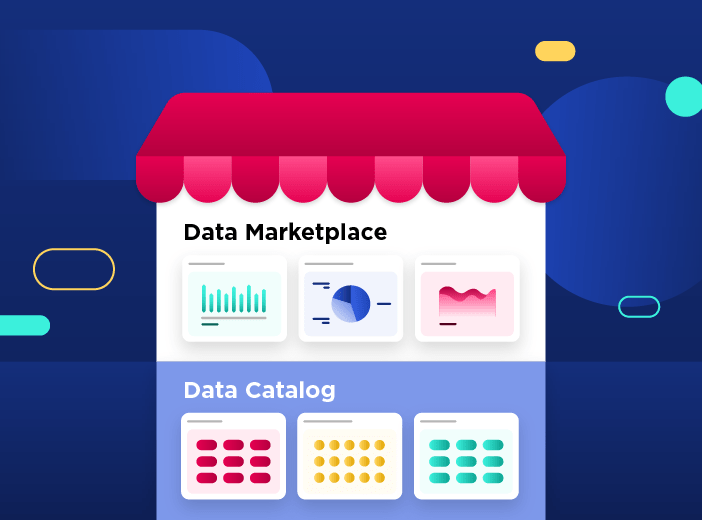Data Asset Management
What is Data Asset Management?
Data asset management is the end-to-end process of organizing, managing, and optimizing data assets to generate business value.
It involves the entire data asset lifecycle – the identification, classification, storage, safeguarding, retrieval, and destruction of data. Unlike data management, which focuses on the technical aspects of data, data asset management is focused on treating data as a valuable business asset and extracting the maximum possible benefits from it.
Data asset management should not be confused with digital asset management, which solely focuses on managing digital assets such as videos, audio files, animations, logos, typography, and color palettes. Data asset management is broader, covering all types of data asset.
Why is Data Asset Management important?
Data asset management is about turning data into value, enabling organizations to leverage their data to gain a competitive edge, innovate, and drive growth.
It is important as it delivers benefits that include:
- The ability to support better, data-driven decision making at both a strategic and tactical level
- Reducing risk by better understanding the operational picture while ensuring compliance
- Enhancing data quality, accuracy, and relevance
- Enabling streamlined, more efficient business operations
What does Data Asset Management involve?
Data asset management is a broad field that includes multiple disciplines such as
- Data governance
- Data discovery
- Data classification/data asset inventory creation
- Data quality management
- Data architecture
- Data lineage
- Data availability at scale through data marketplaces, business intelligence, and analytics
As well as technical solutions within the data stack, it also includes the implementation of policies, procedures, and practices which maximize value from data assets.
How does an organization ensure effective Data Asset Management?
As with physical assets, organizations need to put in place frameworks and processes to manage data assets consistently and effectively. These should cover the entire lifecycle from the discovery/creation of data assets through their use/maintenance/upgrade to disposal/deletion. These eight questions should underpin an effective framework and process:
- What are our assets?
- Which are the most and least valuable to the organization?
- What do we want to achieve with them in terms of business objectives?
- How are we going to do that?
- How can we monitor progress against these objectives?
- How is the condition of our assets changing over time?
- How are we responding to those changes?
- How do we ensure we get the best ROI out of the asset?
What are the challenges to successful Data Asset Management?
As with technical data management programs, successfully turning data assets into business value faces a number of challenges:
- Organizations need to be able to understand, track and share increasing volumes of data, from a widening range of sources inside and outside the business
- Organizations need to ensure data security, privacy and compliance when reusing and sharing data assets
- Organizations need to be able to manage unstructured, as well as structured data
- Organizations need to break down departmental data silos to collect and share data across the company
- Organizations have to find ways to make data assets available to employees and other stakeholders that will benefit from them. Solving this “last mile” data access issue, such as through data marketplaces, is crucial to the success of data asset management programs
What is the difference between Data Asset Management and a Data Asset Inventory?
The main difference between a data asset inventory and data asset management is that a data asset inventory provides a summary of data assets, while data asset management is the overall initiative that organizes and optimizes them to deliver business value.
Data asset inventory
A data asset inventory provides a complete view of all of an organization’s data assets, including type, location, how it’s used and who is responsible for it. This information helps with data governance, compliance, and decision-making, and is normally shared via a data catalog.
Data asset management
Data asset management is the end-to-end process of organizing, storing, securing, and optimizing data assets to make them more accessible and useful, maximizing their value.

As Chief Data Officer (CDO), you lead and shape your organization's data strategy. However, given the increasing complexity of data flows, evolving regulations and the growing pressure to generate value from data, your tech stack needs to be comprehensive and robust.
 Data trends
Data trends
Today’s enormous growth in data volumes brings a new challenge for businesses – how can they harness and use this data at scale? Organizations are therefore looking for solutions that can transform their data assets by making them available and useful, accelerating and improving performance to benefit the entire business.

Organizations now generate an enormous range of data assets across their operations and departments. Harnessing this data successfully starts with understanding what data is available and where it is located through centralized data catalogs. This blog explains what they are and how they can benefit businesses.